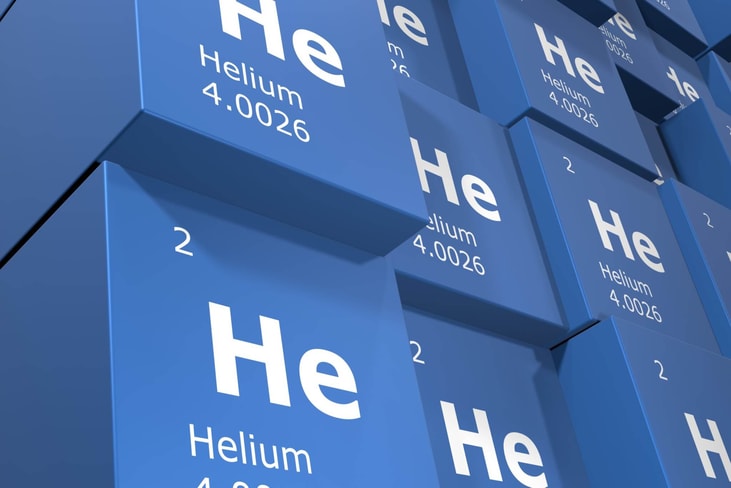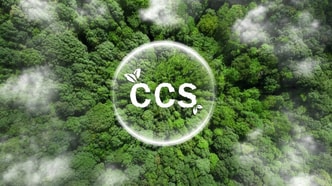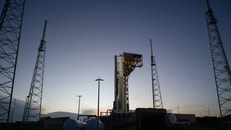Helium recycling and cryogen-free tech ‘critical’ to combat shortages
A recent report highlights the urgent need for a comprehensive study on helium, a critical resource in high magnetic field research, as the global supply continues to face severe constraints.
A section of the report explores the essential role of helium in maintaining the low temperatures required for superconducting magnets, which are vital for cutting-edge scientific and technological advancements.
The authors of ‘The Current Status and Future Direction of High-Magnetic-Field Science and Technology in the United States’ call for immediate action to address helium supply issues, outlining the importance of recycling and reuse, as well as the exploration of alternative cryogen-free technologies to mitigate the growing risks to high magnetic field research.
... to continue reading you must be subscribed
























